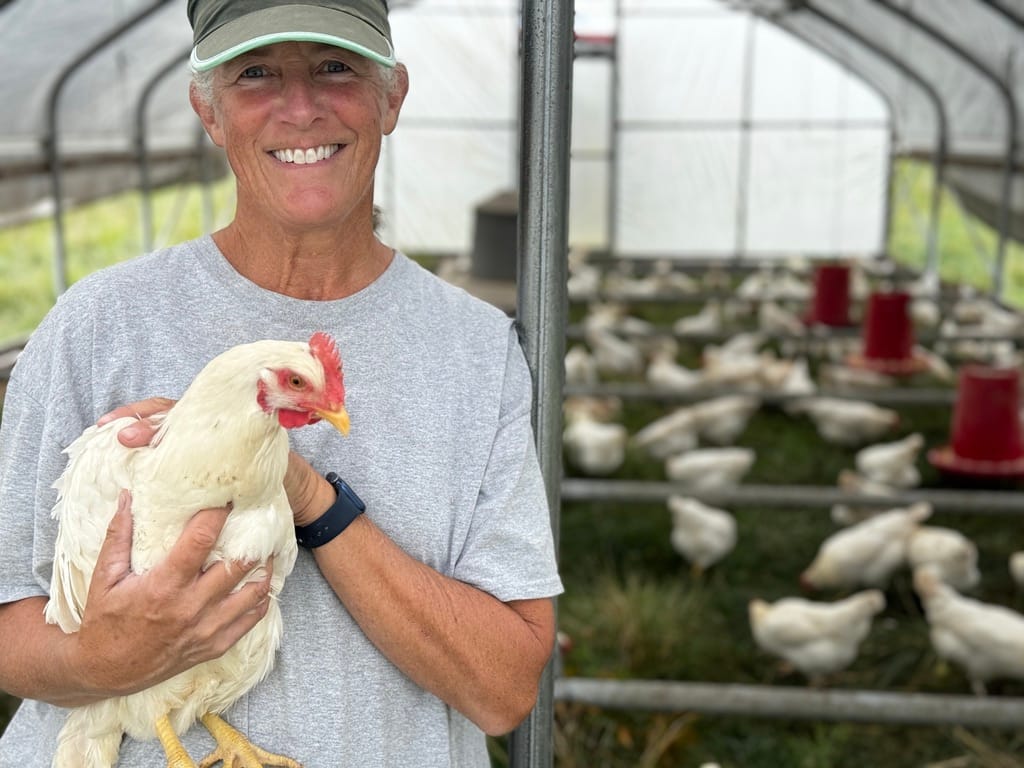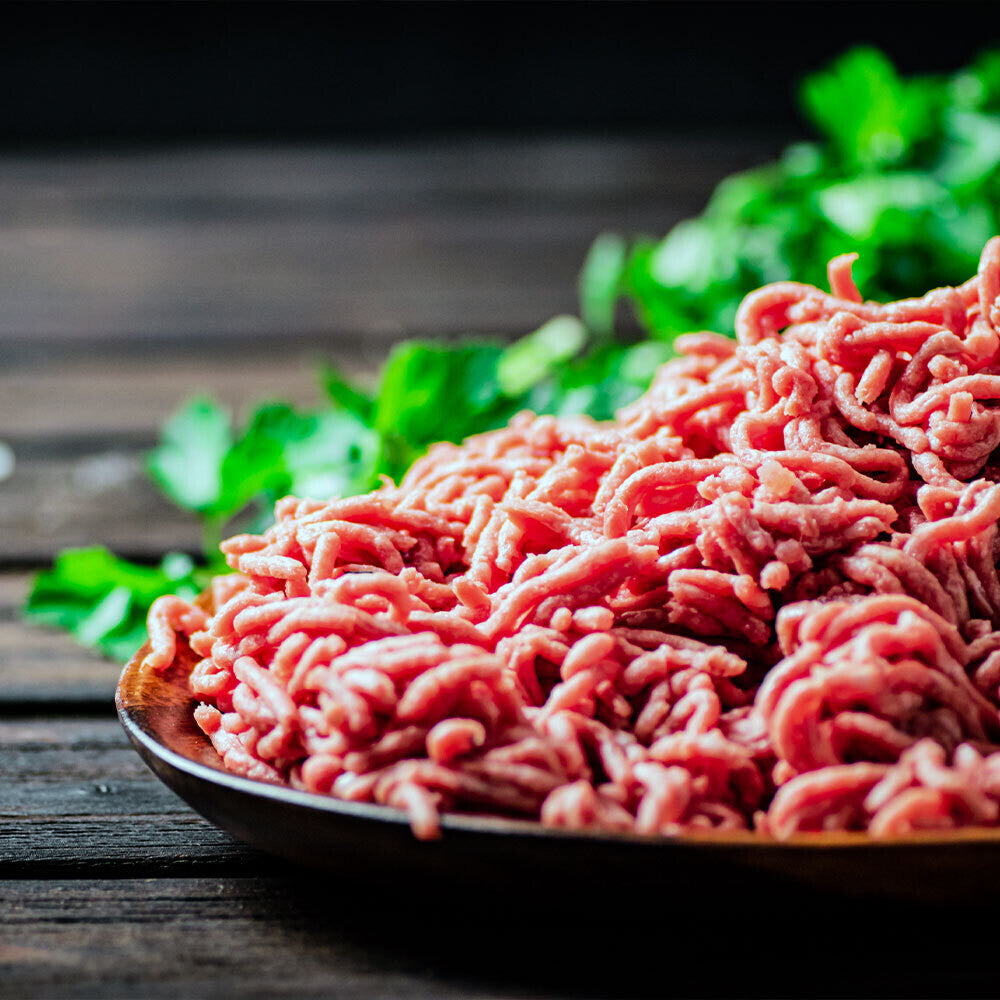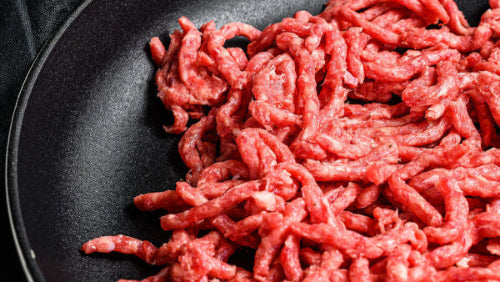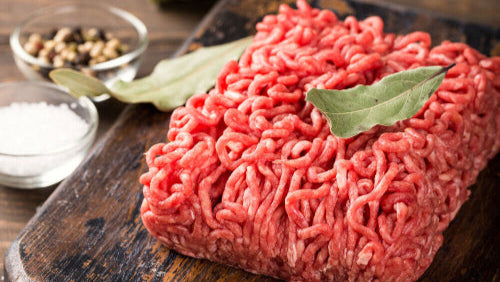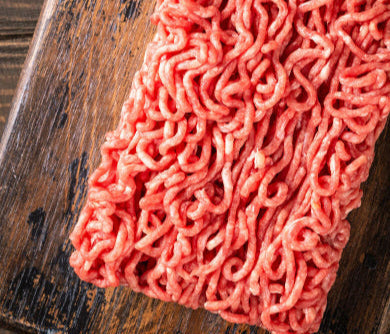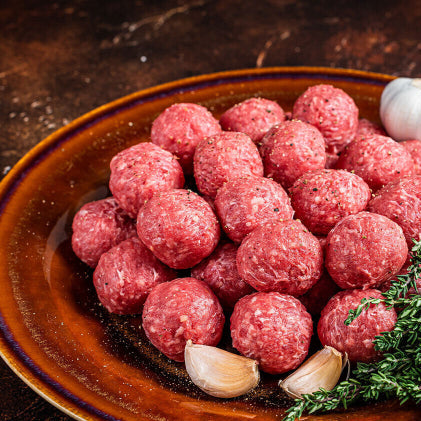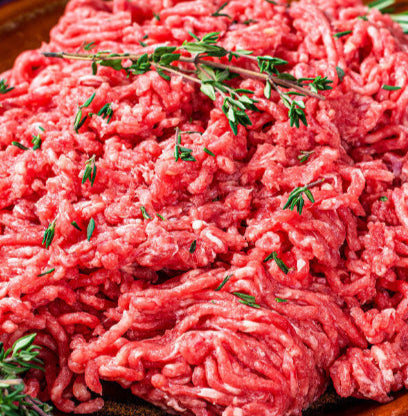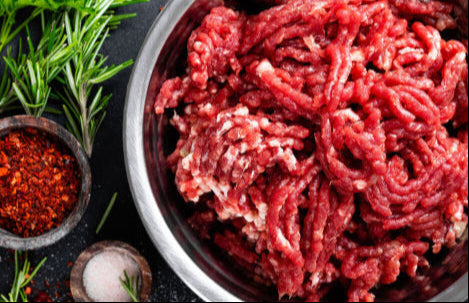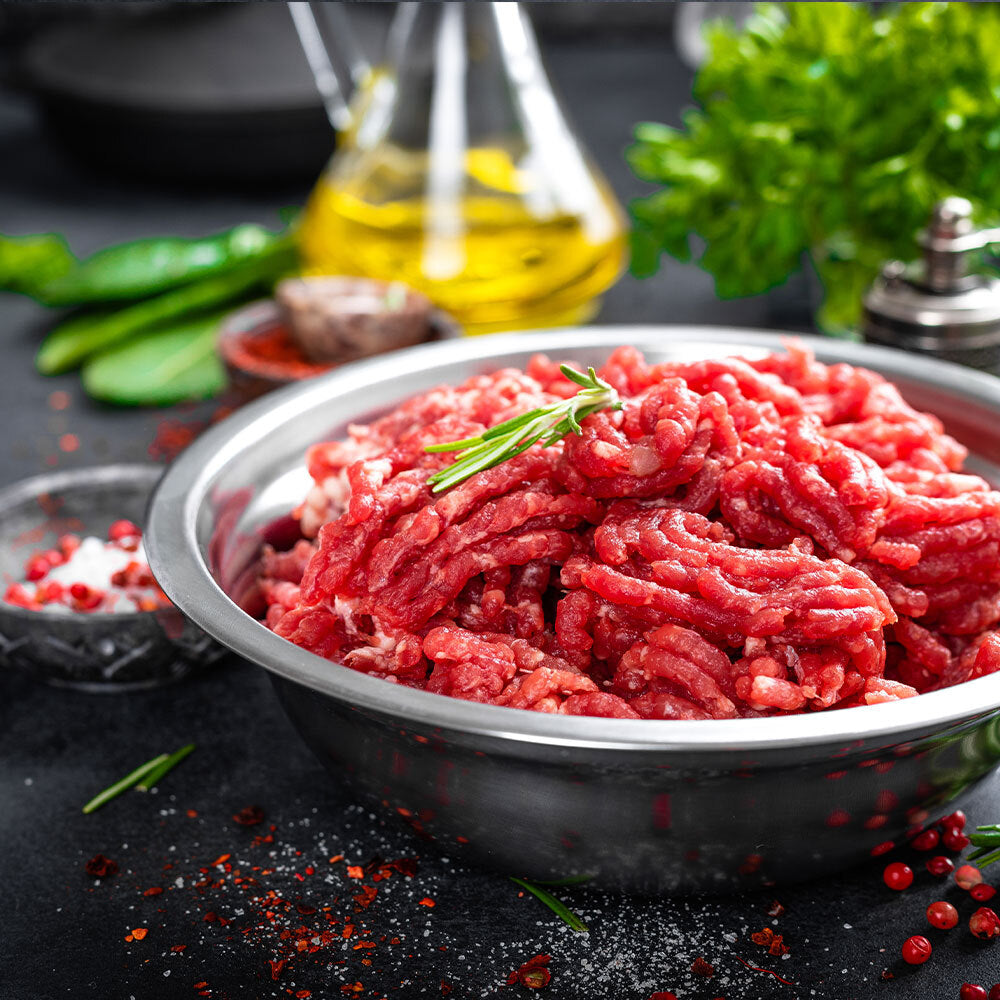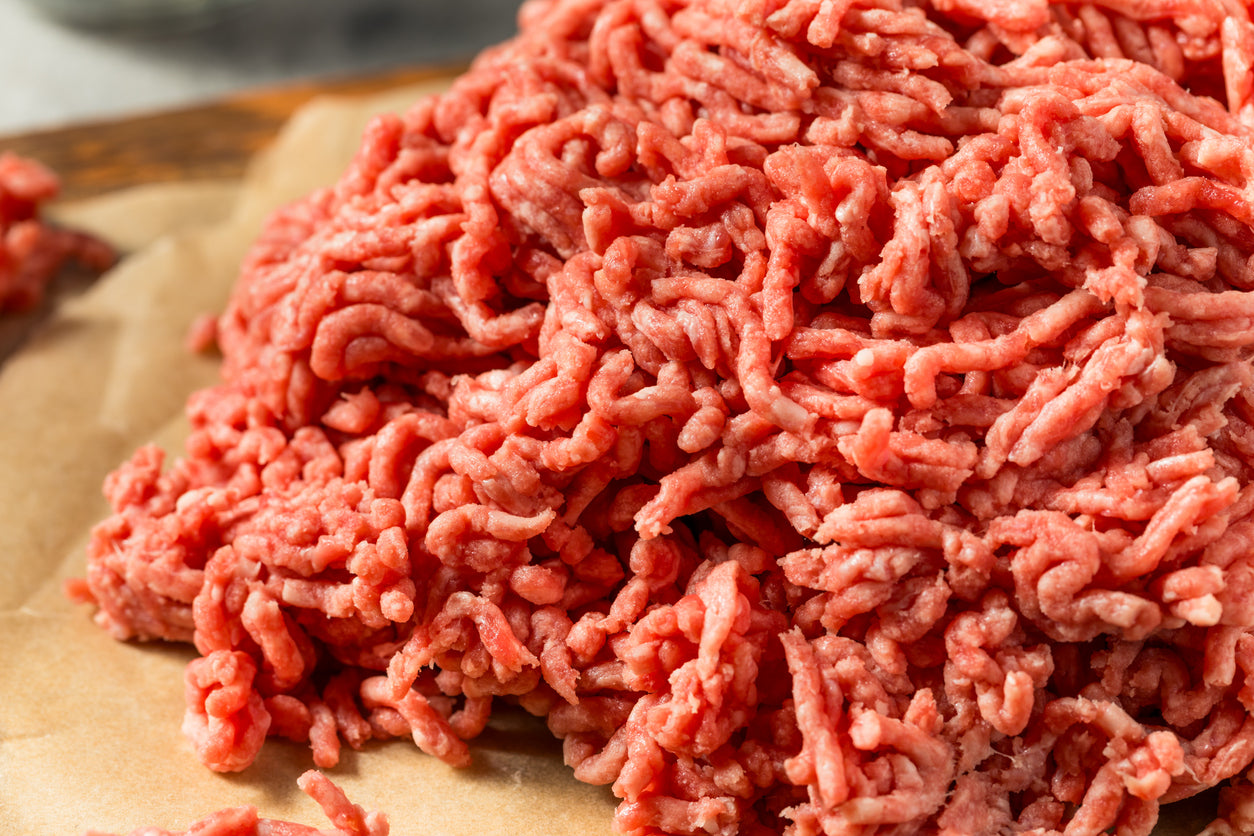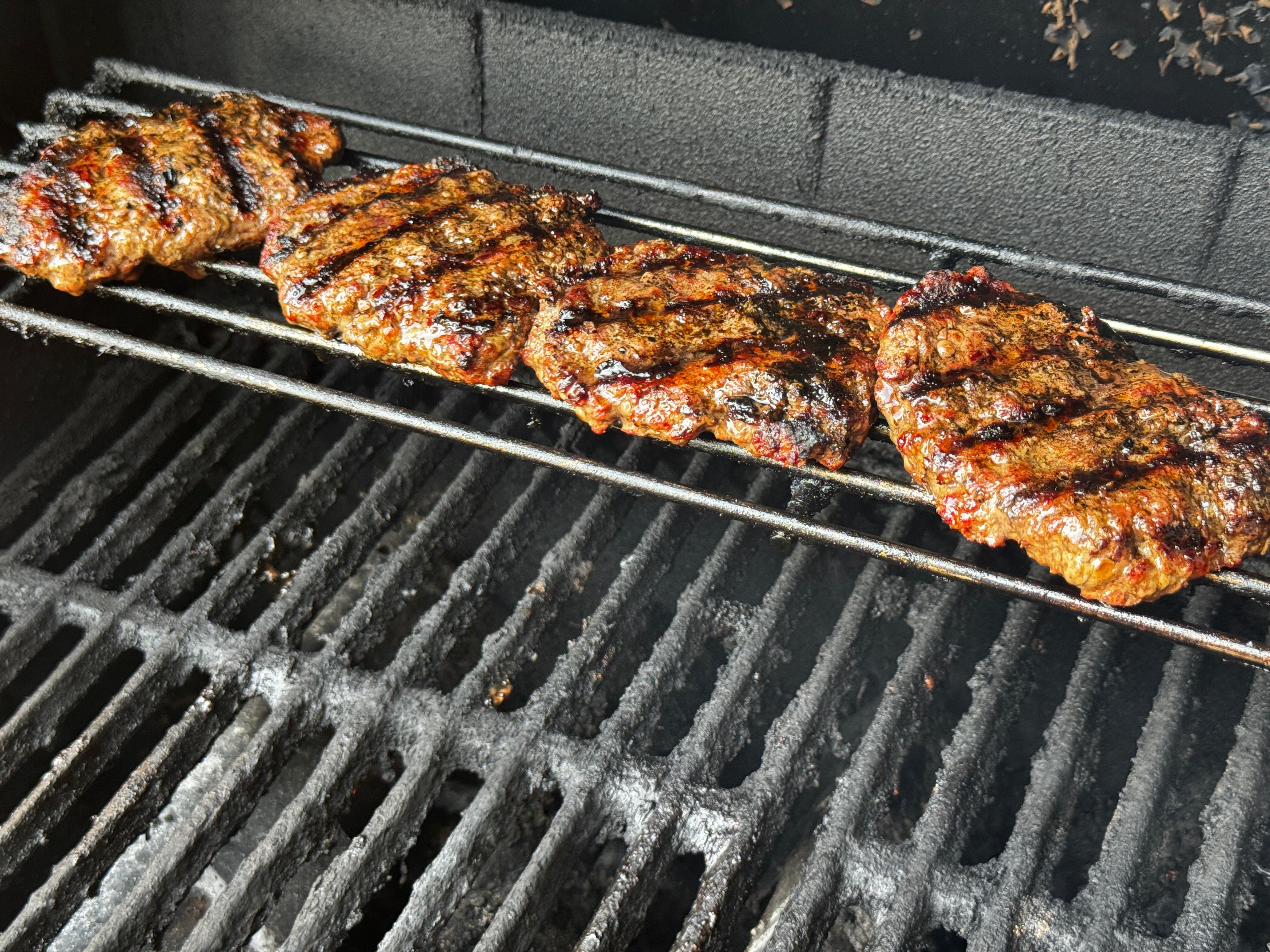
How to Prepare Steaks from Grass-Fed Cull Cows
Steaks from grass-fed cull cows are different from conventional beef—they come from older, more active animals, meaning they have more developed muscle fibers and a firmer texture. This makes proper preparation essential to ensure tenderness and enhance their deep, rich flavor. Below are the exact steps to get the best results.
[fusion_button link="https://tynerpondfarm.com/wp-content/uploads/2025/01/How-to-Prepare-Steaks-from-Grass-Fed-Cull-Cows.pdf" title="" target="_self" link_attributes="" aria_role_button="0" alignment_medium="" alignment_small="" alignment="" modal="" hide_on_mobile="small-visibility,medium-visibility,large-visibility" sticky_display="normal,sticky" class="" id="" color="default" button_gradient_top_color_hover="" hue="" saturation="" lightness="" alpha="" button_gradient_top_color="" button_gradient_bottom_color_hover="" button_gradient_bottom_color="" gradient_start_position="" gradient_end_position="" gradient_type="" radial_direction="" linear_angle="" accent_hover_color="" accent_color="" type="" bevel_color="" bevel_color_hover="" border_top="" border_right="" border_bottom="" border_left="" border_radius_top_left="" border_radius_top_right="" border_radius_bottom_right="" border_radius_bottom_left="" border_hover_color="" border_color="" size="" padding_top="" padding_right="" padding_bottom="" padding_left="" fusion_font_family_button_font="" fusion_font_variant_button_font="" font_size="" line_height="" letter_spacing="" text_transform="" stretch="default" margin_top="" margin_right="" margin_bottom="" margin_left="" icon="" icon_position="left" icon_divider="no" hover_transition="none" animation_type="" animation_direction="left" animation_color="" animation_speed="0.3" animation_delay="0" animation_offset=""]Download Printable Guide[/fusion_button]
Step 1: Choose the Right Cuts
Grass-fed cull cow beef is amazing when handled correctly, but not all steaks will cook the same way. Here’s how to approach them:- Tender Cuts (Best for Grilling & Searing): Ribeye, Strip (NY Strip), Tenderloin, Flat Iron
- Lean & Flavorful (Best for Marinades & Reverse Sear): Sirloin, Bavette, Hanger, Skirt, Flank
- Tougher Cuts (Best for Slow Cooking or Sous Vide): Chuck Steak, Round Steaks, Blade Steak
Step 2: Dry Brine for Maximum Tenderness
Grass-fed beef lacks the water retention of grain-fed beef, so dry brining (salting in advance) is critical to enhance juiciness and tenderness.How to Dry Brine:
- Salt the steaks generously (use 1/2 to 1 teaspoon of coarse salt per pound). Make sure to cover all sides.
- Refrigerate uncovered for at least 12 hours, ideally 24-48 hours for maximum effect. The salt will draw out moisture, then reabsorb it, breaking down muscle proteins and improving texture.
- Before cooking, pat the steaks dry with a paper towel to remove excess moisture.
Step 3: Bring to Room Temperature
Take the steaks out of the fridge 30-60 minutes before cooking. This allows for even cooking and prevents the meat from seizing up when it hits the pan.Step 4: Cooking Method (Reverse Sear Recommended)
Because grass-fed cull cow beef has more developed muscle fibers and a firmer texture, reverse searing is the best way to get a tender, evenly cooked steak with a great crust. While leaner than grain-fed beef, these animals can develop excellent intramuscular fat over time, making them well-suited for slow cooking and careful preparationReverse Sear Method (Best for Ribeye, Strip, Sirloin, Flat Iron, etc.)
- Preheat your oven to 225°F (107°C).Place steaks on a wire rack over a baking sheet.
- Insert a meat thermometer and cook slowly until the steak reaches 10-15°F below your target temperature. That means remove at:
-
- Rare: 115°F
- Medium-Rare: 125°
- Medium: 135°F
- Remove from the oven and let rest for 10 minutes.
- Heat a cast iron skillet or grill to high heat. Add a small amount of beef tallow or high-heat oil.
- Sear for 45-60 seconds per side until a deep crust forms.
- Rest for 5 minutes before slicing to retain juices.
Step 5: Alternative Cooking Methods
Pan-Seared with Butter Basting (For More Fat-Marbled Steaks Like Ribeye & NY Strip)- Heat a cast-iron skillet over medium-high heat.
- Add beef tallow, ghee, or avocado oil (not butter yet—it burns at high heat).
- Sear steaks for 2-3 minutes per side until a crust forms.
- Lower heat to medium-low, add butter, garlic, and fresh herbs (like thyme or rosemary).
- Baste the steak by spooning melted butter over the top for 1-2 minutes.
- Rest for 5 minutes before slicing.
- Vinegar, citrus juice, or yogurt (helps tenderize)
- Fat: Olive oil or beef tallow
- Aromatics: Garlic, shallots, black pepper, herbs
Step 6: Rest and Slice Properly
Always rest steaks for at least 5 minutes after cooking to retain juices. Slice against the grain (perpendicular to the muscle fibers) to make each bite more tender.Final Notes:
Grass-fed cull cow beef is NOT grain-fed steak. It requires patience, proper seasoning, and careful cooking.- Low-and-slow is the key. Rushing will result in toughness.
- If in doubt, go sous vide. Cooking at 130°F for 4-6 hours, then searing, guarantees tenderness.
- Avoid overcooking. Grass-fed beef dries out faster due to lower intramuscular fat. Stick to medium-rare or medium at most.
Tags:
Previous post
About TPF Partner Beef
Next post



